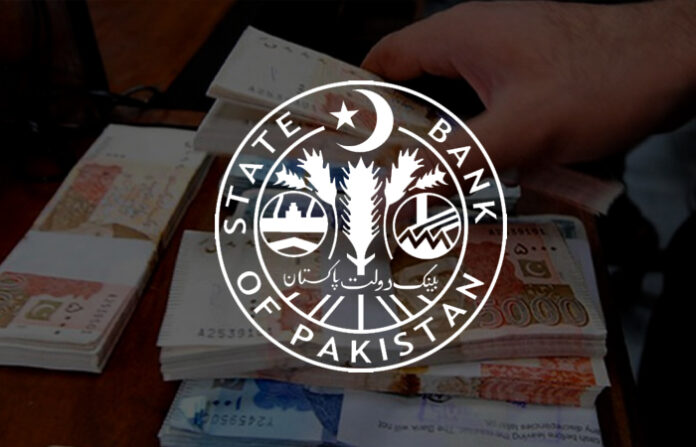The SBP- State Bank of Pakistan has decided to keep the previous policy rate unchanged at the same 7%. It was unveiled by the central bank of Pakistan in a statement that was issued yesterday about the new monetary policy that was approved by the Monetary Policy Committee (MPC), as in the meeting that was held on 23rd November 2020.
The MPC, while reaching its decision, considered the key trends and also the prospects in real, fiscal, and external sectors where the resulting outlook for these monetary conditions and inflation were highlighted.
The MPC also noted that since their last meeting in the month of September, the domestic recovery has seemed to gradually gain traction, in line with expectations for the growth of slightly above 2% in FY21, and the business sentiment has also improved further. However, there are risks also to the outlook of it.
Moreover, the recent rise in Coronavirus cases in our country Pakistan and also in other countries presents a considerable downside risk. On the upside level, while it could take time to fully implement it worldwide, there have been recent encouraging news on the vaccine development.
The MPC noted that the lagged effects of the significant fiscal, monetary, and credit stimulus injected during the pandemic should continue to shore up growth in coming quarters.
In Real sector
Recent data suggest that further strengthening and broadening of this recovery has observed since July 2020, led by construction and also the manufacturing. Sales of the Fast Moving Consumer Goods (FMCGs) has rebounded in FY21 Q1, the average sales volumes of POL and Pakistan’s automobiles have surpassed their pre-Covi19 levels of FY20; however, cement sales are at a level of an all-time high.
Large scale manufacturing (LSM) also continues to rebound and expanding by 4.8% (y/y) in FY21 Q1 that is against a contraction of 5.5% in the same quarter of last year.
In the agriculture sector, the impact of the expected decline in the cotton production is more likely to be offset by the growth in other major crops whereas, higher wheat production due to this rise in support prices and the recently announced subsidies on the fertilizers and pesticides has been recorded.
While the social distancing continues in covid-19 to weigh more heavily on the certain parts of the services sector, the wholesale and retail trade and transportation are also expected to benefit from this as the knock-on impacts of the ongoing pick-up in manufacturing, construction and agriculture.
External sector
The external sector also continues to strengthen, with the current ongoing account in FY 21 Q1 recording the first quarterly surplus that is in more than five years. After remaining in the positive territory for all the four months of this fiscal year, the overall cumulative current account through October reached to a surplus of $1.2 billion against a deficit of $1.4 billion in the same period last year.
The current account surplus and the improving outlook with the sentiment for the economy have supported a 3½% appreciation in PKR since the last MPC, and this further strengthened the external buffers, with SBP’s foreign exchange reserves by increasing to $12.9 billion to their highest level since the past February 2018.
Now based on the performance to the current date, the outlook for the external sector has meanwhile improved further, and the current account of deficit for FY21 is now projected to be at below 2% of the GDP.
Fiscal sector
In line with this year’s budget, the government has continued to make the concerted efforts to maintain fiscal discipline and including adhering to its commitment of like no fresh borrowing from SBP.
Despite the lower non-tax revenue, the prominent primary balance posted a surplus of 0.6% of GDP in FY21 Q1 that is similar to the levels achieved during the same period last year. However, overall the higher budget deficit due to the larger domestic interest payments should also taper as the benefits of the recent interest rate that cuts the filter through.


